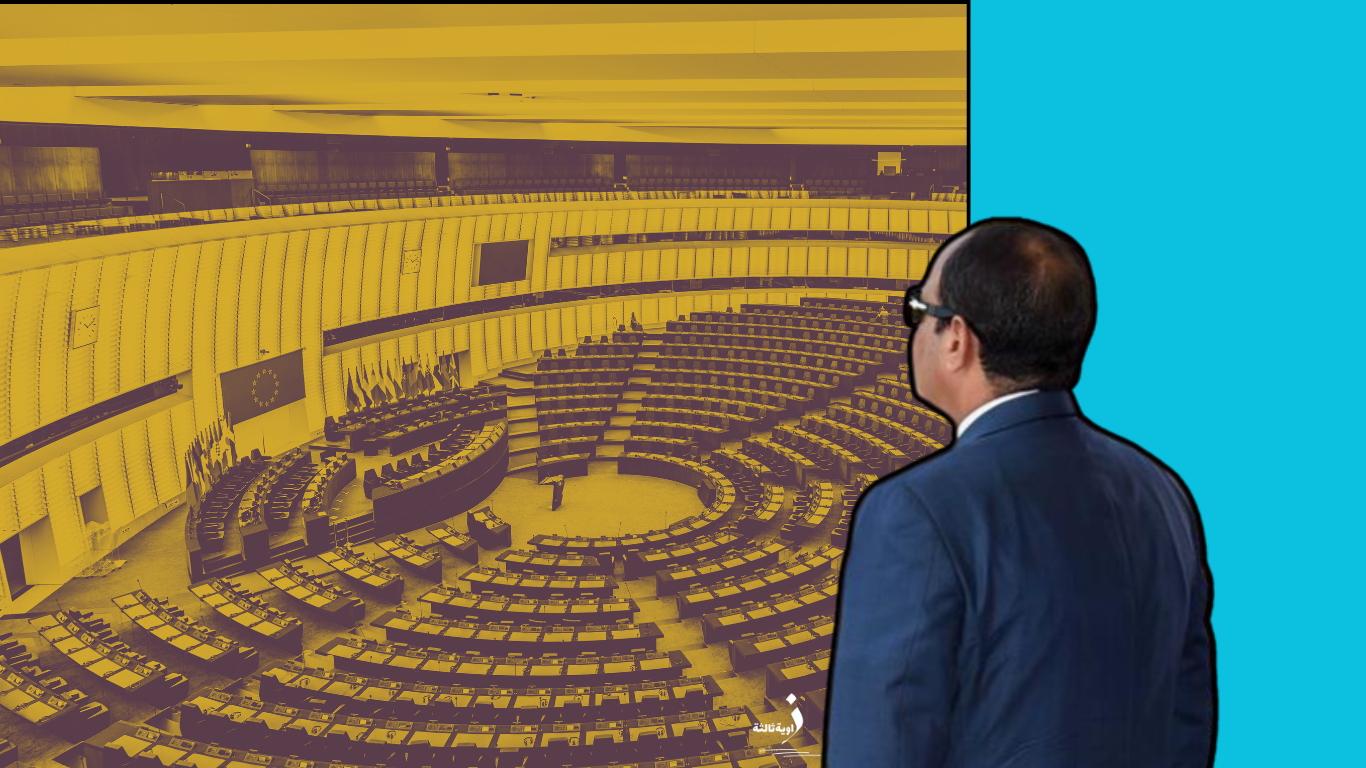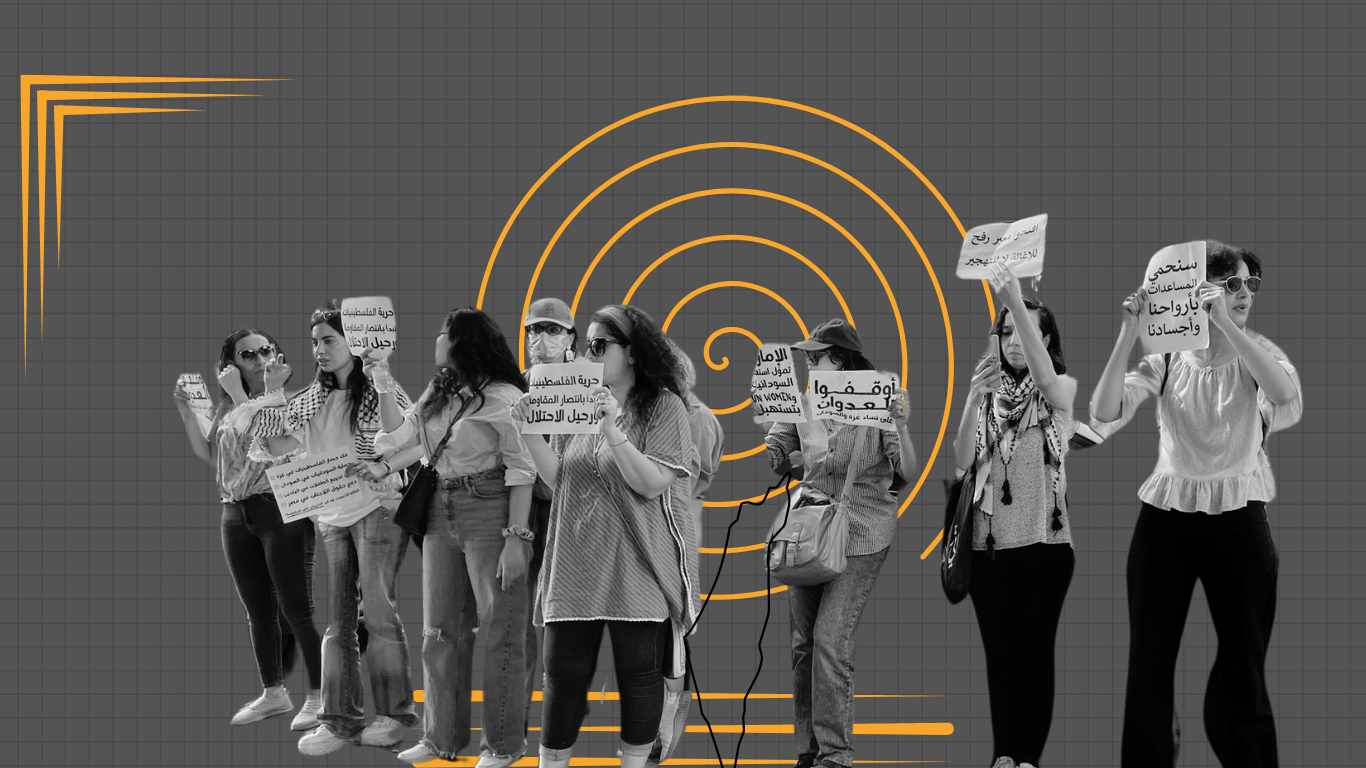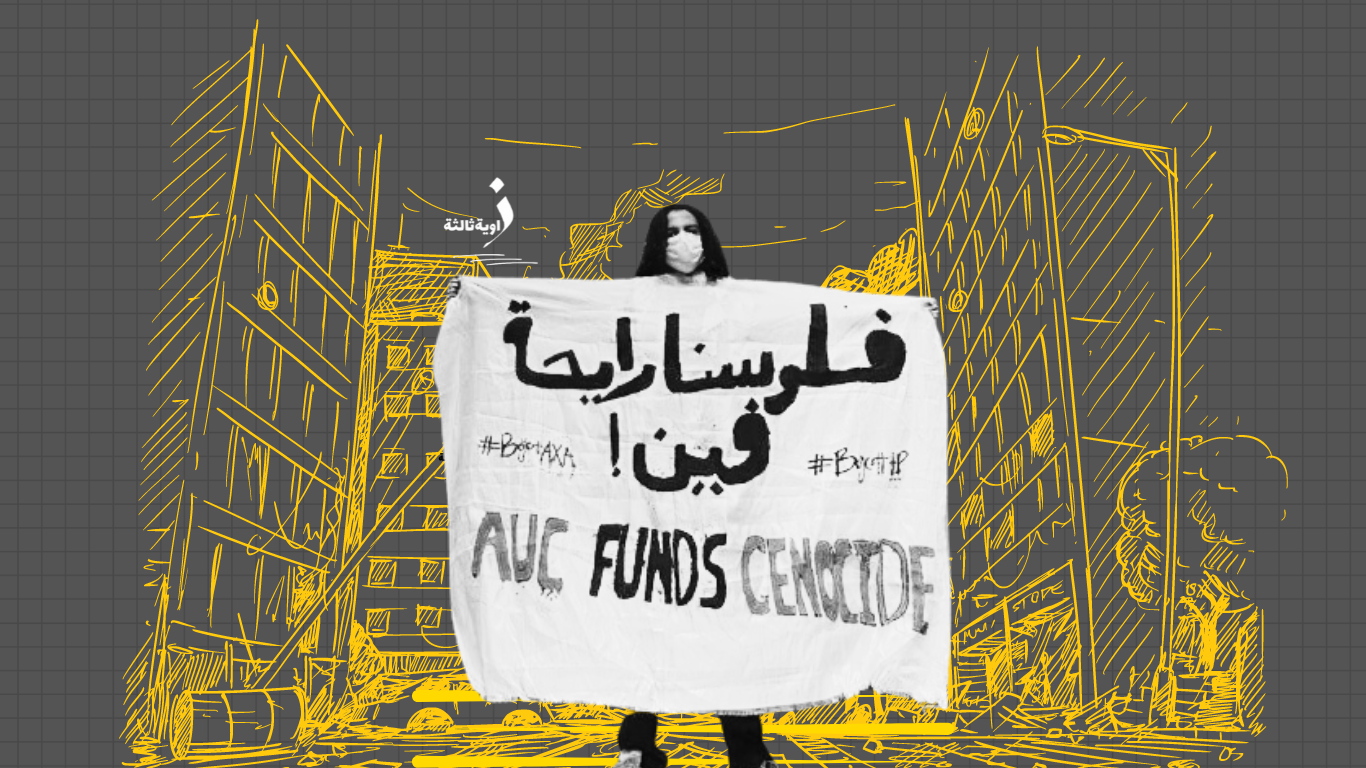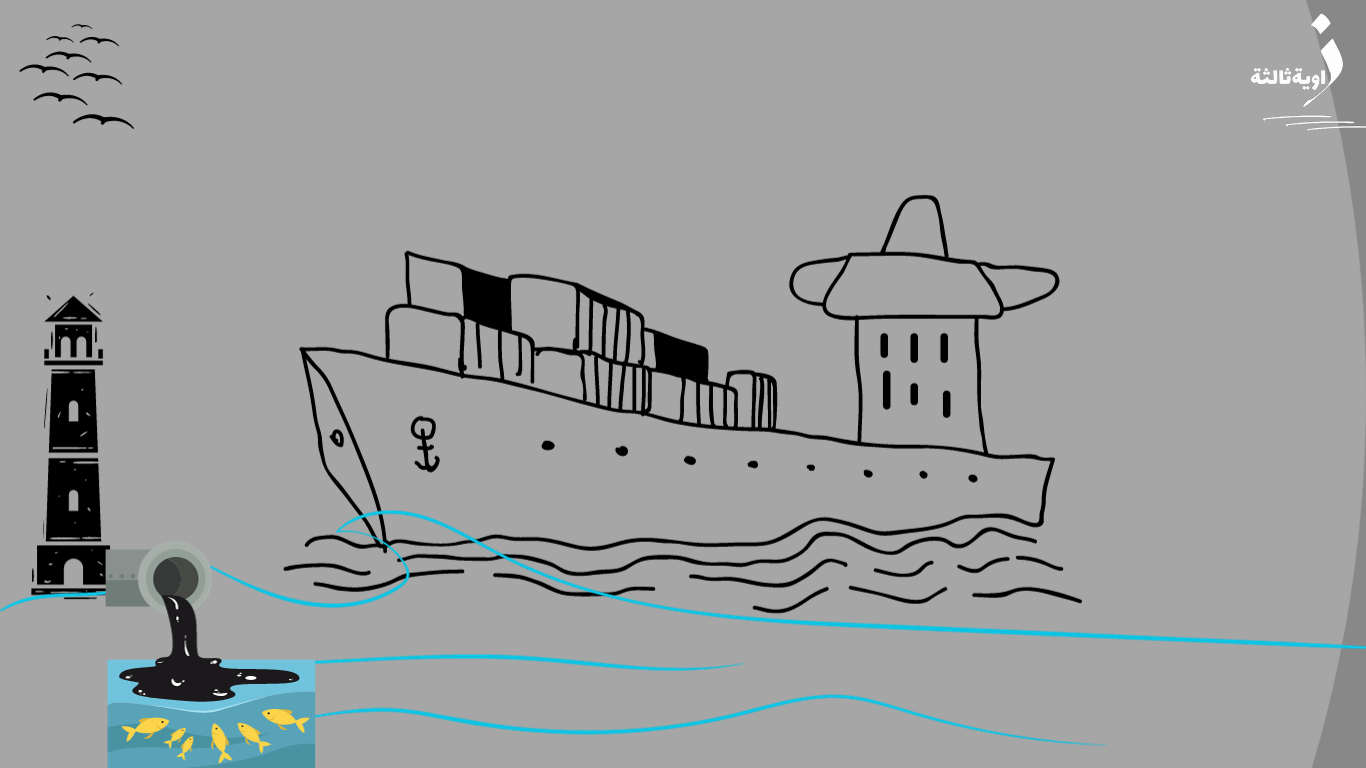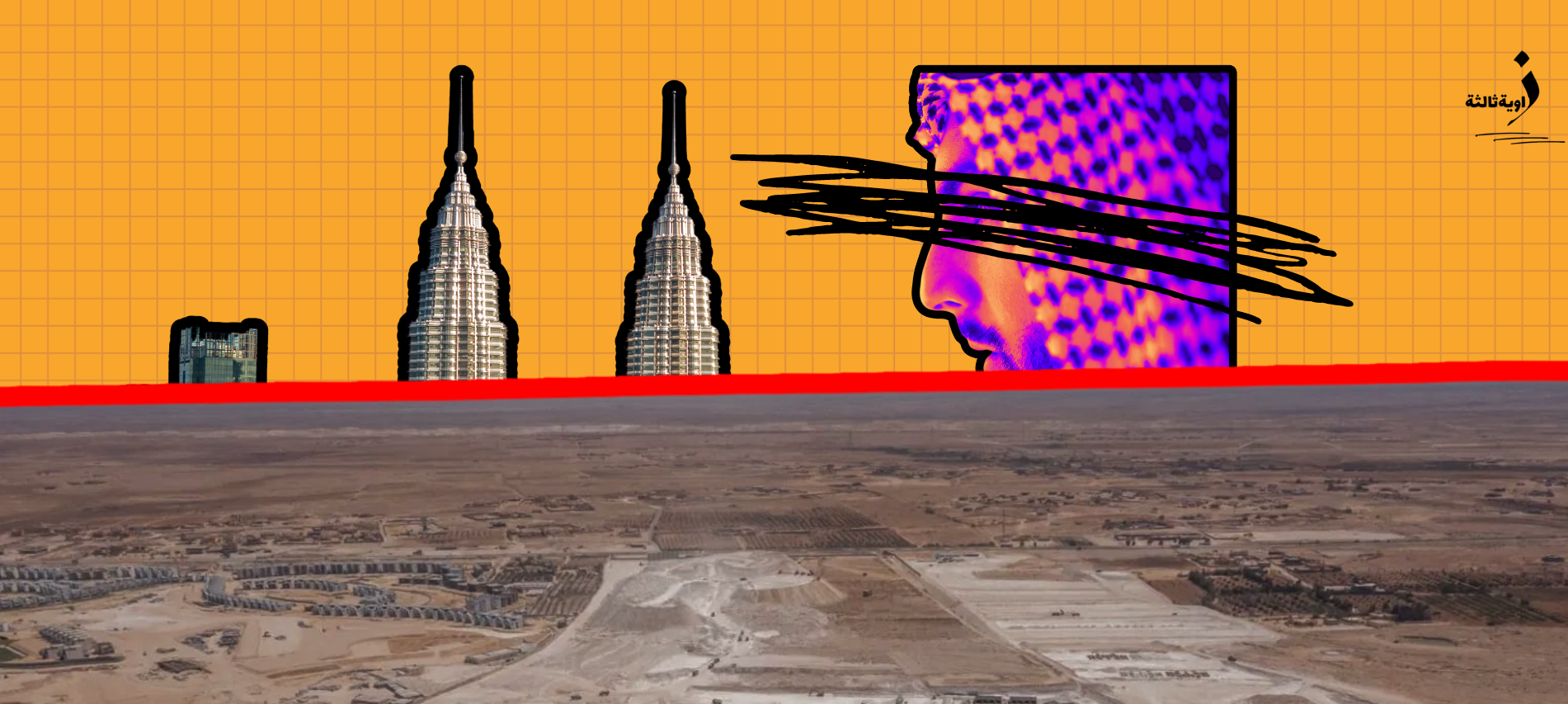In 1989, Egypt’s external debt had reached approximately $50 billion, placing Egypt fourth among the developing countries with the highest external debt. Egypt practically stopped repayment when Reuters quoted an Egyptian economic expert saying that every time analysts believed there was no way out for the Egyptian economy, a miracle happened. The miracle indeed occurred a few months later when Saddam Hussein invaded Iraq, leading the United States to form an international alliance against him, with Egypt being part of it at that time.
Before the war ended, the United States had already forgiven about $7 billion of Egypt’s military debt, and Gulf countries waived a total of $6 billion. After the war, the United States led negotiations in the Paris Club, involving 17 major creditor nations worldwide, including Japan. This led to the cancellation of another $20 billion, reducing Egypt’s external debt by more than 50% in one go, with the remaining amount rescheduled over 25 years. This was seen as more than a miracle, and an Egyptian researcher at Brookings described it as the major powers lifting their foot off Egypt’s chest.
The situation in Egypt today is not much different from 1989. Egypt’s external debt has reached $165 billion, and Egypt holds a prominent position among developing countries in terms of the size of its external debt. The situation appears more delicate as the sharp increase in the short-term external debt ratio to reserves has been witnessed since 2020, approaching or surpassing 100%, compared to 32% before the crisis.
However, Egypt is likely heading towards a new miracle, this time called the “Ras Al-Hikma Deal,” where the United Arab Emirates will provide Egypt with $35 billion, including at least $20 billion as a direct liquid transfer within two months. This is described as an unjustified financial advance for the development project of the Ras Al Ras Al-Hikma tourist resort. The Egyptian Prime Minister stated that the investments in this project would reach $150 billion in a country with a total GDP of $450 billion.
Read Also: Egypt: Ras Al-Hikma Residents Unite Against Forced City Sale
![]()
Miracle or Political Economy?
The Ras Al-Hikma deal would have been a significant puzzle if it weren’t for its apparent timing, coming as the Israeli occupation government threatens to invade Rafah, crowded with Palestinian refugees due to the Israeli aggression on Gaza. Israel’s official documents reveal its intentions to forcibly transfer Gazan Palestinians to Egypt, ostensibly to resolve the headache the sector poses to the Israeli occupation. Just two days before announcing the deal and signing the agreement, Reuters quoted an official from the International Monetary Fund saying that the Fund is keen to support Egypt given the potential pressures that may arise from the influx of Palestinian refugees.
So, there is no miracle involved. The United Arab Emirates did not discover Ras Al Hikma two weeks ago, nor did Egypt realize the economic magic this resort could possess. For the past two years, Egypt has been desperately selling its assets to Gulf governments and companies amid fluctuations in company valuations and exchange rates, under intense economic pressures on the Egyptian government. We must, therefore, consider the parallel between the UAE fulfilling its multi-billion promise within two months and the situation in Gaza. Perhaps the promise might evaporate if developments on the other side change.
However, the bigger picture is clear; it revolves around Egypt’s political economy or, if you will, the relationship between Egypt’s geopolitical characteristics and its debt and associated international aid. As the largest Arab country in terms of population, Egypt is one of only four Arab countries with direct borders with Israel. This means that the population mass of this country represents the most significant security threat to Israel, as evidenced by the ongoing battle in Gaza, revealing the extent of the strategic transformation that could occur in the entire region if Egypt had the power to break the blockade imposed by the occupation on the sector.
Moreover, any radical political change in Egypt will likely not be confined to one bank of the Red Sea but will reverberate on the other bank. Not only will their rulers be alarmed, but governments and financial institutions, led by the United States, will be afraid. The U.S. sees the unconditional political stability of Gulf oil as a prerequisite for its political and economic dominance.
After that, the enormity of Egypt’s population itself poses a demographic dilemma in international politics. Although many countries in East and Central Asia have such a massive population, none of them is located on the fringes of the Western world as Egypt is. Therefore, any chaos in Egypt will undoubtedly have more violent repercussions on European security and the economy than disturbances in Pakistan or Bangladesh.
This means that whether a war in Gaza happens or not, the stabilization of the Egyptian economy and the political power it relies on are likely a reality. Negotiations for this rescue are ongoing with the International Monetary Fund, the face of the United States and its allies, or with Gulf brothers. Whatever the war in Gaza adds, it is not a miracle of salvation but rather an enhancement of the quality of the rescue deal and a mitigation of its economic or political tax that the Egyptian authority had to pay for this rescue.
![]()
Any Political Change?
This certainly does not mean that the United States, the European Union, or the Arab Gulf states would oppose any form of political change in Egypt. The United States adopted a neutral observer position after the January 2011 revolution, and the European Union expressed flexibility and readiness to deal with the outcomes of the Egyptian political transformation. Even the Arab Gulf, despite not hiding its discomfort with change, appeared willing – at least, excluding the UAE – to accept it as long as it did not involve direct confrontation or, specifically, as long as it did not seek to export this change. The latter is the most sensitive aspect for Arab regimes in general, and Gulf regimes in particular.
However, none of these parties, regardless of their political maneuvers, can hide their strong preference for dealing with a strong system in Egypt. By strength, it means the ability to keep the population under control using various tools, primarily violence. Therefore, the strong system that all parties, from the United States to the Arab Gulf, feel comfortable with is directly derived from those security apparatuses. Disagreements with it likely only extend to demanding political and economic prudence to avoid political explosions or getting entangled in costly economic crises like the ones we are experiencing today.
On the other hand, it is likely that any of these parties would not hesitate to reject any unpredictable political change, surpassing color revolutions and rose protests to widespread social upheaval that could alter the social or institutional structure of power. In such a case, each party would be fully prepared to invest immense political and economic efforts to resist this change and restore a powerful authority capable of restraining the strategic influence of that massive population.
This is the actual dynamic that can describe Egypt’s economic miracles recurring throughout history, from the opening of 1974 through the debt crisis and the Gulf War in 1989, culminating in the 2022 debt crisis and the Gaza battle or the Ras Al-Hikma deal, whichever you prefer.
Opinion articles do not necessarily reflect the views of Zawia3.





